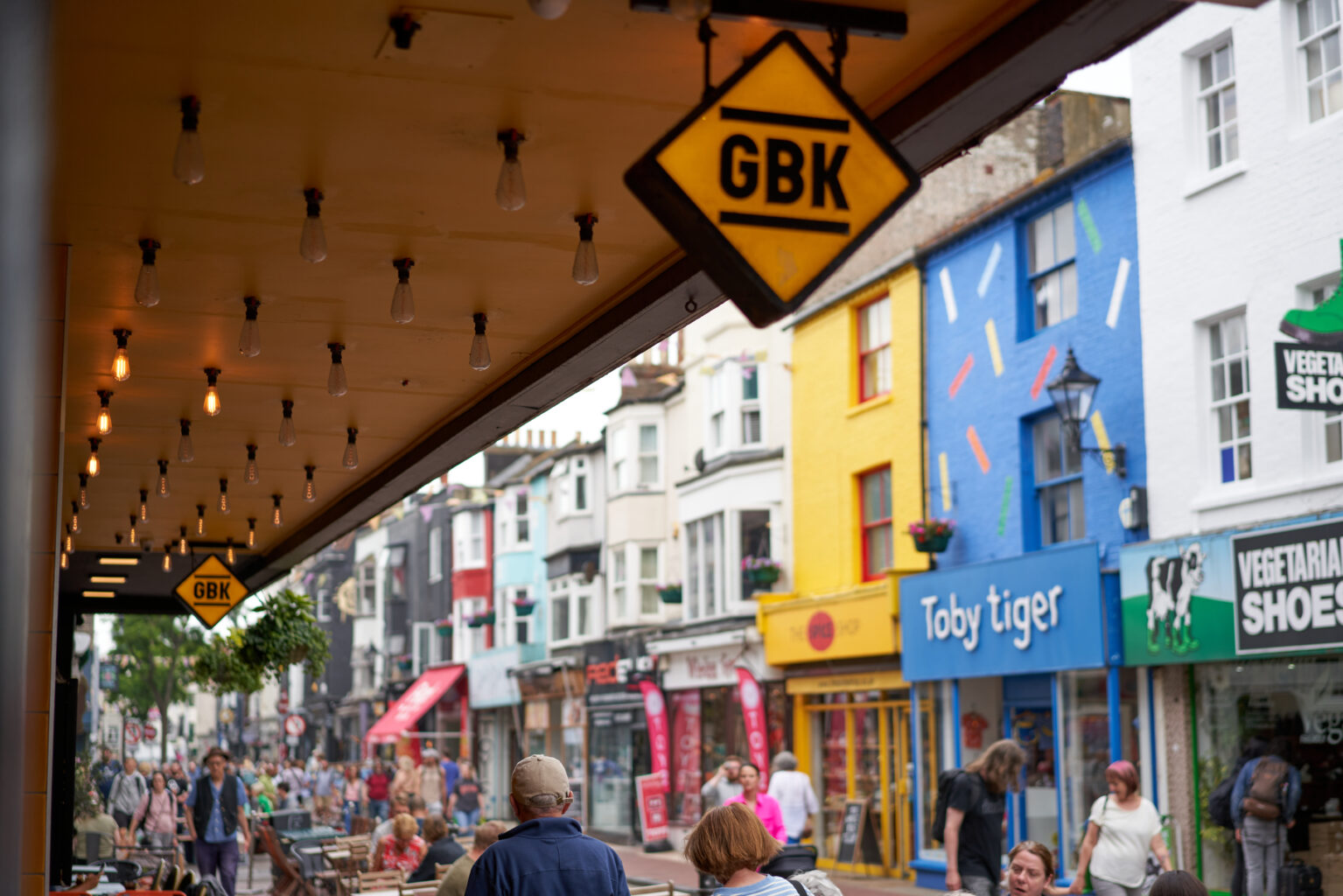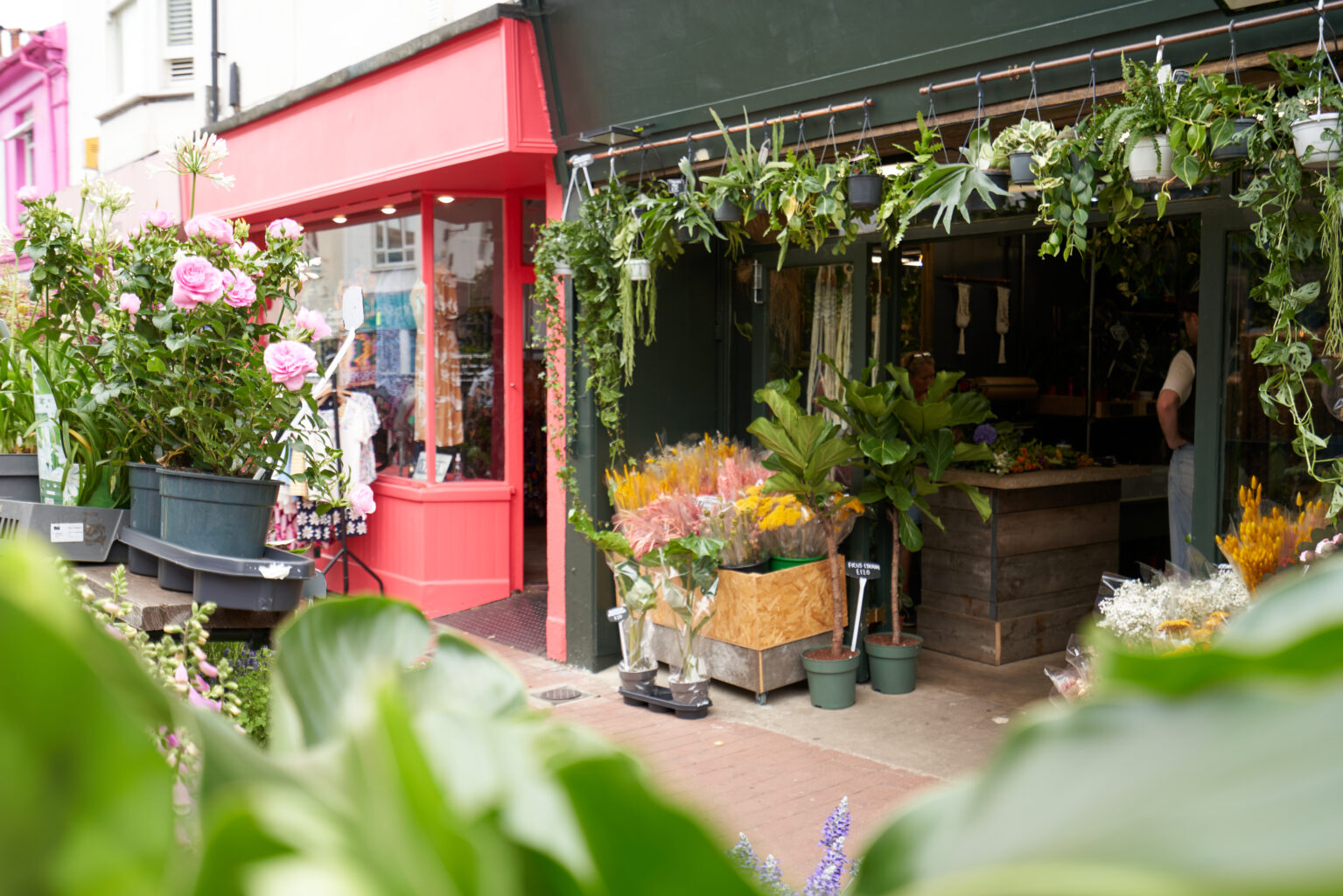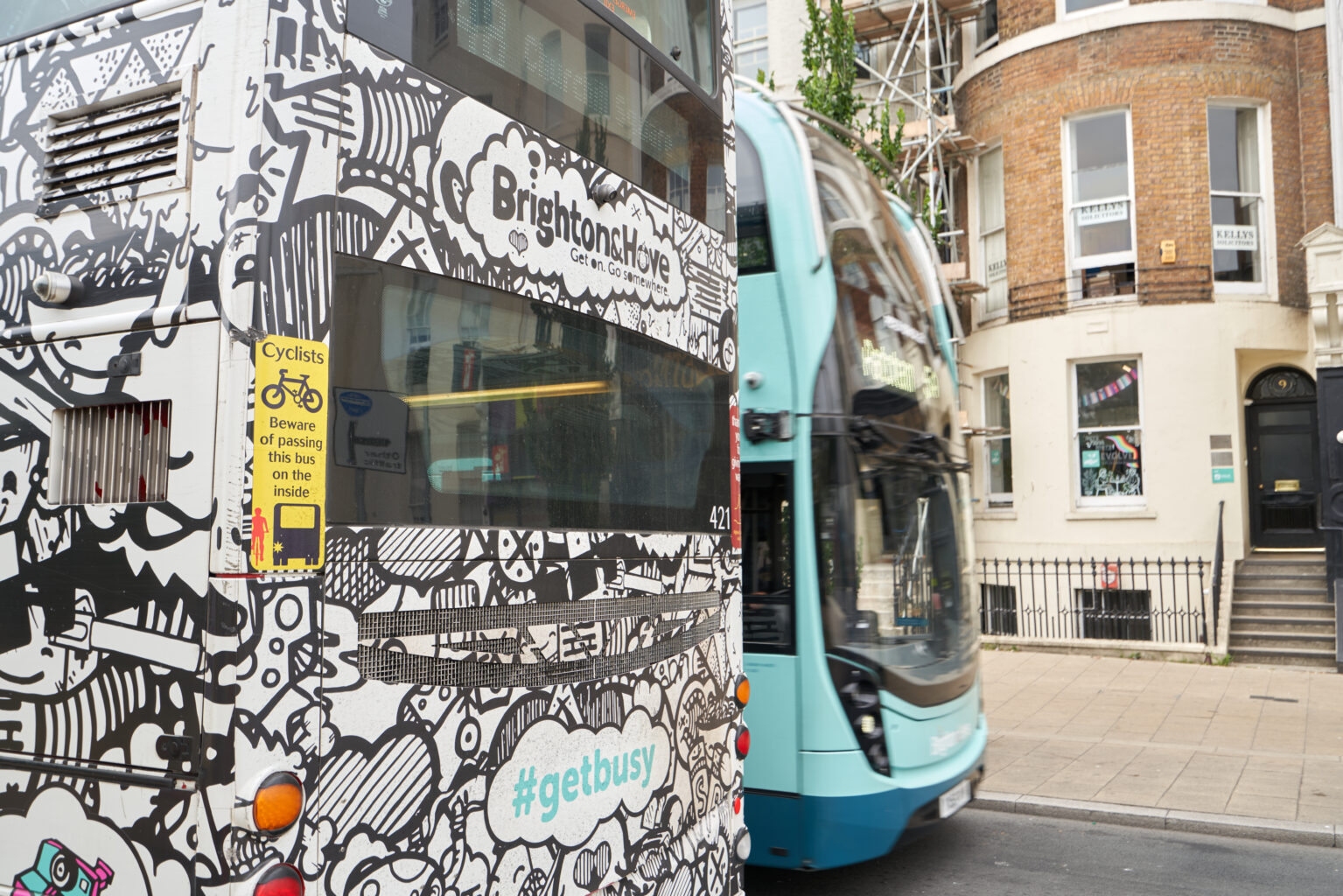

Although the pandemic was one of the most bonkers things to happen to all of us in recent times (and there's been many bonkers things as of late too!), it created a boom for a lot of retail brands. Fast forward to 2025, and for many, things seem to be going in the opposite direction. Whilst there are lots of brands bucking the trend, we’ve heard from dozens of companies that are finding it really tough.

This is particularly evident on the high street, where we’re seeing more retail closures and vacant shops. Consumer confidence is low, many people are spending less and FDs are tightening up their purse strings.
Retail brands are having to battle shifts in buying behaviours, increased competition and technological advancements.
We’ve been keen to find out what’s working, and quite frankly, what’s not working within the retail space. At the end of 2024, we launched our Voices of Business Survey and spoke to senior stakeholders in real businesses to uncover the biggest challenges, trends and strategies.
Here are some lessons from retail brands:
We asked: “What’s going on in your industry at the moment? Any notable trends having a big impact on your business?”
We were told:
“In retail, the consolidation of retailers has changed how products are bought and sold.”
“We’re finding it much harder to be seen"
“We’re seeing a glut of product in the marketplace, creating pricing pressure.”
“The PPE industry is always evolving with new safety standards making it harder to reach our core audience.”

Across industries, brands are facing the same core issue - visibility. Even with great products and competitive pricing, reaching target audiences is increasingly difficult and way more expensive than it ever has been. Brands that once thrived on organic reach and traditional advertising are now struggling against changing algorithms and ever-growing consumer expectations.
Retail brands are having to deal with their direct competitors but also technology itself. The rise of AI-powered search results means that users are getting information directly from search engines, reducing website traffic and conversions. Brands that once relied on organic rankings are seeing diminishing returns.
Retail brands can’t afford to operate the way they did even two years ago. Market conditions aren’t particularly favourable. We believe there are a few priorities:
We asked: “What are the biggest barriers to growth in your industry right now?”
We were told:
“Cashflow vs. R&D is a constant challenge—growing while staying profitable is tricky.”
“Running both retail and distribution businesses side by side requires constant regulation checks and monitoring of exchange rates.”
“We’re just branching into hardware, which brings new complexities.”
“Finding people with the right skills and retaining them is a challenge.”

For many retail brands, growth is a double-edged sword. The push to scale often comes with significant financial strain, particularly as marketing costs rise and supply chains remain unpredictable. Businesses that once relied on steady consumer spending are facing the reality that purchasing behaviour is shifting due to economic concerns.
Talent acquisition is another mounting issue. Finding individuals with the right skill set is becoming more difficult.
At the same time, consumer expectations are higher than ever. Customers need seamless online experiences, faster delivery and more personalisation - without paying a premium.
It seems sensible to balance ambition with operational efficiency.
We asked: “Have you set any goals or strategic targets for the next 12 months?”
We were told:
“Becoming profitable would be nice.”
“Our main goal this year is to have all customers satisfied with our service.”
“We need to be more proactive with our website updates and online marketing.”
“Not really, even if we should.”
“We had a great year last year, largely due to the investments we made in technology - so much of the same.”

For years, many retail brands focused on rapid revenue growth, often prioritising sales volume over profitability. Now, the tide is turning. With rising customer acquisition costs and economic uncertainty, brands are being forced to refine their strategies, making predictable and sustainable profitability top priorities.
Meanwhile, digital transformation continues to be a common theme. Many businesses are adopting more sophisticated platforms like Shopify, CRM systems, automation tools and data-driven decision-making to improve efficiency and performance.
However, it’s clear that not all brands have a clear roadmap. Some businesses admit they are still operating without a well-defined strategy, which puts them at risk of stagnation while more proactive competitors move ahead.
Like this article? Sign up for our monthly newsletter for more valuable insights.
We asked: “What role does digital transformation play in your business strategy?”
We were told:
“The company’s site is antiquated and cumbersome to update.”
“Our CRM investment last year transformed how we manage leads and customers.”
“We adjust our website 3-4 times a year, but we need to be even more proactive.”
“We’re looking into AI chatbots and automated workflows to improve efficiency.”

Many businesses that have started the year strong, have embraced digital as a core part of their strategy.
However, many brands still struggle with digital adoption. Some are working with outdated websites that don’t reflect their brand or support their sales goals. Others haven’t fully integrated automation, missing out on opportunities to improve processes and increase efficiency.
Omnichannel experiences are another key differentiator. Consumers expect to be able to browse online, pick up / purchase in-store and access customer support seamlessly across multiple touchpoints.

Summary
The retail space in 2025 is incredibly complex and challenging. Increased competition, evolving customer expectations and technological advancements are forcing brands to rethink their strategies. Retail brands that embrace change whether through digital transformation, smarter financial planning or innovative customer engagement strategies, will stand a better chance of making out the other side.
Key takeaways from our research:
The next 12 months will be very interesting, and we’ll continue to unearth more lessons from retail brands in 2025.
Stay Tuned!



If you want to showcase your offering, convert more leads, provide resources, or all of the above, we can build a website that separates you from the competition.



